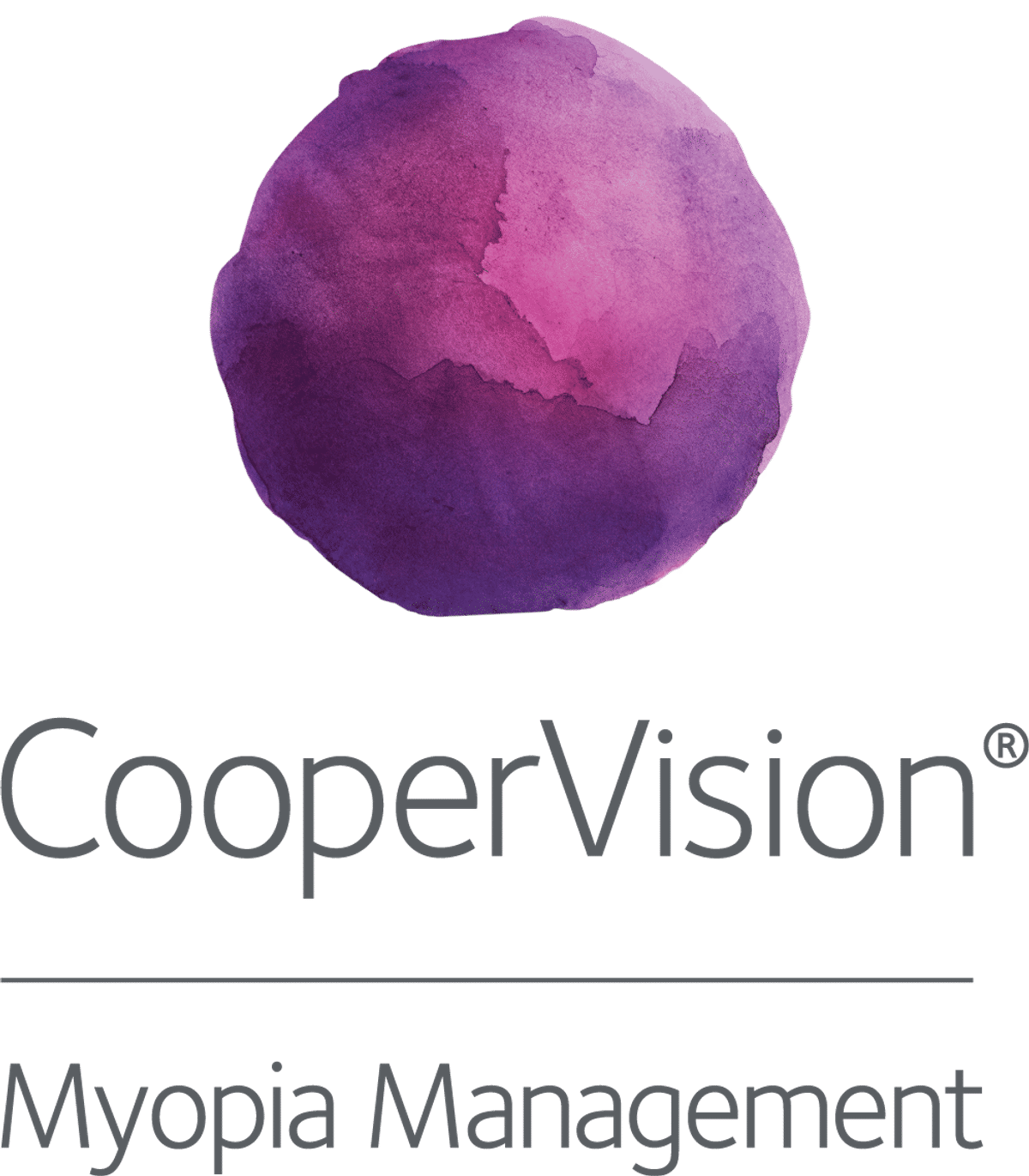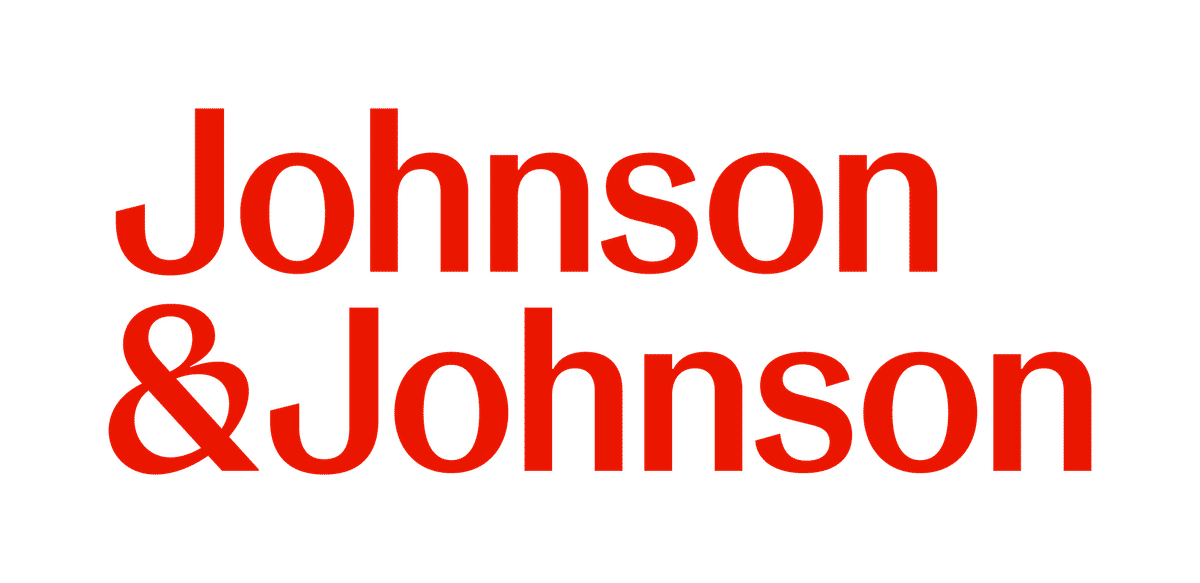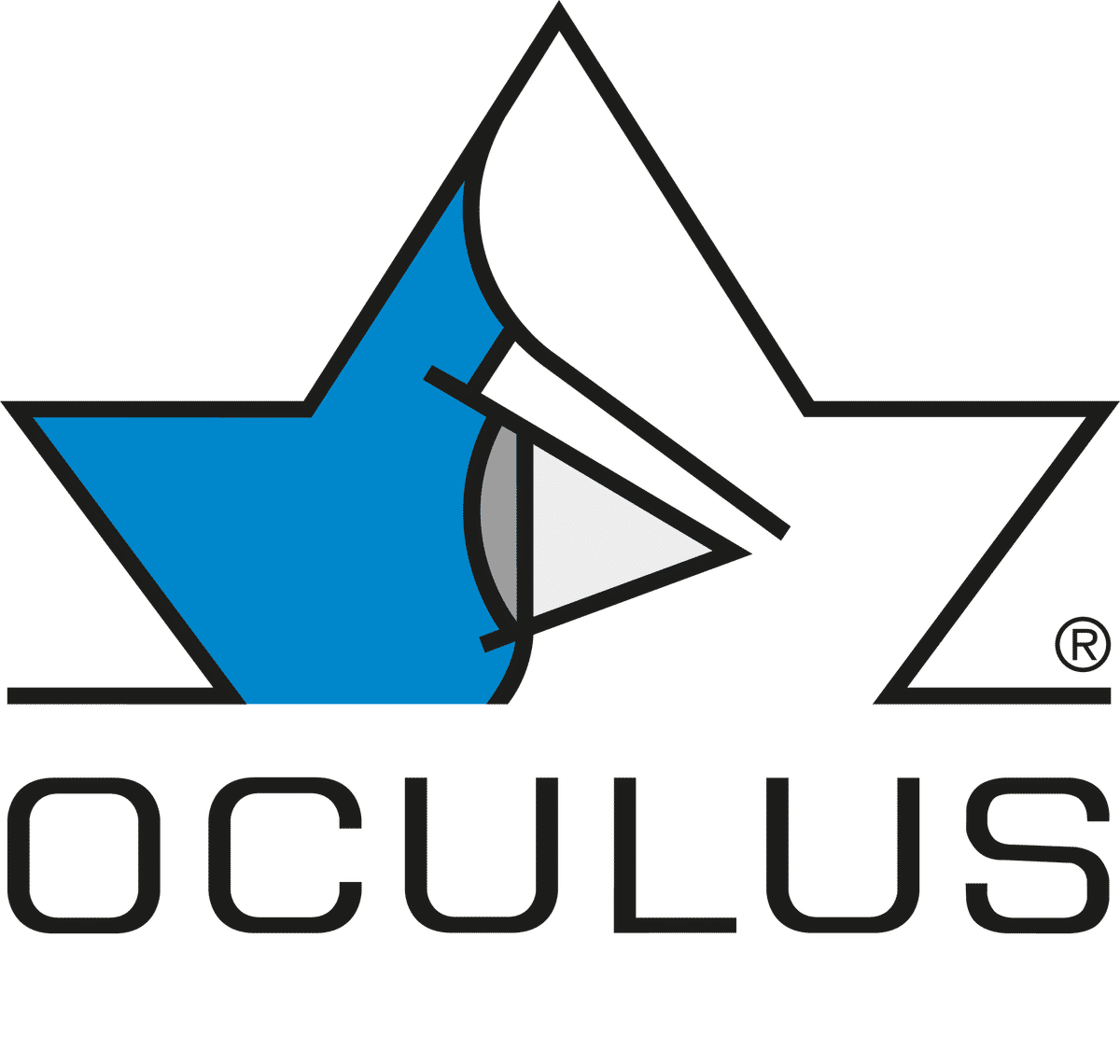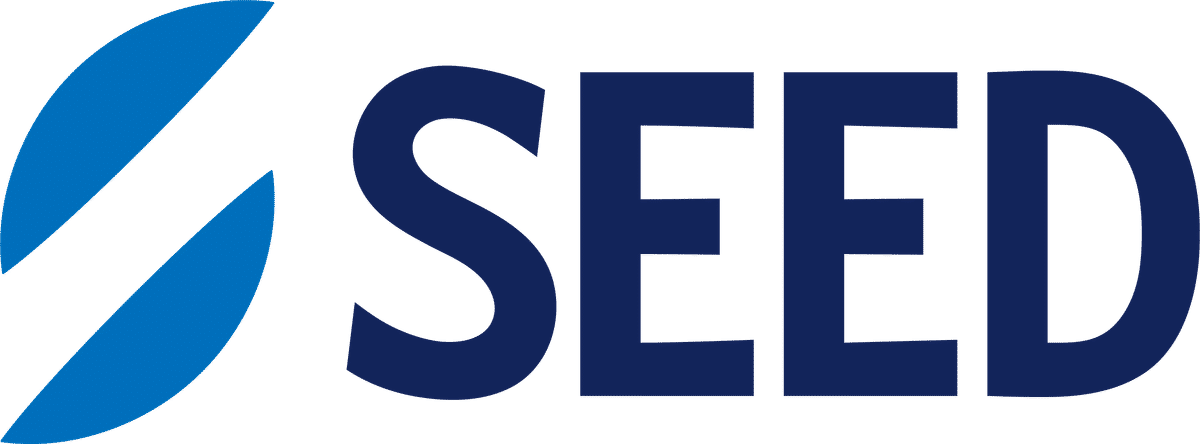Science
A review of high myopia complications and control strategies

In this article:
This study reviewed the effectiveness of atropine, orthokeratology (Ortho-K), and spectacle lenses in slowing high myopia progression, finding that 0.5% and 1% atropine were most effective but had more side effects. Increased risk of ocular pathologies was associated with higher degrees of myopia.
Paper title: High Myopia: Reviews of Myopia Control Strategies and Myopia Complications
Authors: Shah R (1, 2), Vlasak N (1), Evans BJW (2)
- HOYA Vision Care, Amsterdam, the Netherlands
- Optometry and Visual Sciences, City, University of London, London, UK
Date: Published online July 31, 2024
Reference: Shah R, Vlasak N, Evans BJW. High myopia: reviews of myopia control strategies and myopia complications. Ophthalmic Physiol Opt. 2024 Sep;44(6):1248-1260.
Summary
High myopia increases the risk of serious ocular complications but most research has focused on low to moderate myopia. While interventions like atropine, orthokeratology (Ortho-K), and myopia control spectacle lenses have shown effectiveness, their specific impact on high myopia remains less clear. This review evaluated the efficacy and safety of pharmacological and optical interventions for slowing axial elongation and refractive progression in children with high myopia (≤-6.00 D). A systematic search of MEDLINE and EMBASE identified 35 eligible studies. The key findings were as follows.
- Atropine: Atropine (0.5% and 1%) significantly slowed myopia progression compared to controls. Higher doses (≥0.5%) were effective but had more side effects, including photophobia and blurred near vision. Low-dose atropine (0.01%) showed fewer side effects but minimal impact on axial length elongation. Tapering high-dose atropine reduced rebound progression after cessation.
- Ortho-K and novel multifocal RGP contact lenses: Ortho-K effectively slowed axial elongation in high and moderate myopia over 1 year. Partial reduction of Ortho-K combined with spectacles for residual refractive error was beneficial. However, Ortho-K for -6.00D or stronger increased corneal staining risks. Multifocal RGP lenses showed no significant advantage over single-vision spectacles for myopia control over 1 year.
- Spectacle lenses for myopia control: Over a year, children wearing DIMS spectacle lenses showed less myopia progression compared with children wearing single-vision spectacle lenses (−0.51D vs. −0.85D, respectively).
- Complications of high myopia: The risk of myopic macular degeneration, retinal detachment, cataracts, and glaucoma increased with myopia severity.
What does this mean for my practice?
The findings emphasize the need for targeted myopia control strategies in highly myopic children, as treatment responses may differ from those with mild to moderate myopia.
Atropine was more effective in slowing myopia progression in concentrations of 0.5% or more, although they were associated with increased side effects and a rebound effect upon discontinuation. Lower dose atropine (0.01%) demonstrated fewer side effects but was less effective in controlling axial length, limiting its effectiveness in high myopia. Clinicians should consider atropine concentration carefully, balancing effectiveness with tolerability. Tapering atropine reduces rebound effects, and progressive addition lenses can help manage atropine-related side effects.
Ortho-K was shown to be an effective option across all levels of myopia. However, higher target reductions (≥6.00 D) increase corneal staining risks, requiring careful fitting and follow-up. One study suggested that a maximum target reduction of no more than -4D should be adopted to avoid corneal health concerns.1
DIMS spectacle lenses showed positive results for all myopia levels in this study, with a suggestion of greater benefits for younger children over a one-to-two-year period. Two of the studies included in the review recommended combining optical and pharmacological interventions to enhance efficacy2,3
Clinicians should consider individualized treatment plans based on myopia severity, patient tolerance, and long-term safety concerns.
What do we still need to learn?
This review highlights gaps in knowledge on long-term safety, efficacy, and best practice protocols for high myopia control, emphasizing the need for further research. Most myopia control research has so far focused on mild to moderate myopia, leaving uncertainty about how well current treatments apply to highly myopic children across different ethnicities and age groups.
The long-term effects of high-dose atropine (0.5% and 1%) remain unclear, particularly regarding ocular health risks and optimal tapering strategies to prevent rebound progression. DIMS spectacle lenses appeared particularly effective for younger children. However, the retrospective studies which evaluated the efficacy of DIMS in high myopia had fewer highly myopic participants compared to low to moderate myopes, which may underestimate their true efficacy for high myopes. Long-term safety data for Ortho-K are still limited, especially in younger children with high myopia, and the risk-benefit balance of higher treatment targets needs further investigation.
Expanding research to include adults with progressing high myopia is also crucial, as few studies address myopia control beyond childhood.
Abstract
Title: High myopia: Reviews of myopia control strategies and myopia complications
Authors: Rakhee Shah, Natalie Vlasak, Bruce JW Evans
Background: Myopia and especially high myopia are recognised as major public health concerns. Although the prevalence of high myopia in young children is low, 10-20% of high school children in Asia have high myopia, with many still progressing, and one in three patients with high myopia develop visual impairment with age. Most participants in myopia control studies have low and moderate myopia; relatively little is known about myopia control in high myopia.
Method: Literature searches were undertaken in MEDLINE and EMBASE to identify publications in English, investigating (Aim 1) the efficacy of myopia control strategies (environmental, pharmacological and optical) in high myopia (≤-6.00 D) and (Aim 2) the complications of high myopia using keywords. Outcomes included change in spherical equivalent refractive error (SE) and/or axial length (AL) to evaluate progression in high myopia
Results: Aim 1: Twelve studies were identified that reported the efficacy of optical and pharmacological (none on environmental) interventions on AL and SE for high myopia control. A statistically significant reduction in progression of SE and AL in high myopes was reported with 1% and 0.5% atropine. Defocus Incorporated Multiple Segment spectacle lenses had lower efficacy in slowing high myopia progression compared to moderate and low myopia. Ortho-K lenses were equally effective in reducing myopia progression in low, moderate and high myopia. Aim 2: Myopic patients have an increased risk of myopic macular degeneration, retinal detachment, cataract and glaucoma, with the risk increasing with the level of myopia.
Conclusions: High myopia has significant effects on quality of life, risk of pathological complications and vision impairment. Young children, excluding those with some syndromic associations, who are fast progressing moderate and high myopes require early intervention and close monitoring. Further research investigating the efficacy of myopia control strategies in highly myopic patients, both independently and through combination treatments, are necessary.
Meet the Authors:
About Ailsa Lane
Ailsa Lane is a contact lens optician based in Kent, England. She is currently completing her Advanced Diploma In Contact Lens Practice with Honours, which has ignited her interest and skills in understanding scientific research and finding its translations to clinical practice.
Read Ailsa's work in the SCIENCE domain of MyopiaProfile.com.
References
- Lyu T, Wang L, Zhou L, Qin J, Ma H, Shi M. Regimen Study of High Myopia-Partial Reduction Orthokeratology. Eye Contact Lens. 2020 May;46(3):141-146 [Link to abstract]
- Long W, Chen K, Yu S, Liang Z, Zheng B, Zeng J, Cui D. One-year Efficacy of the Defocus Incorporated Multiple Segment Lens in Chinese Myopic Children. Optom Vis Sci. 2023 Jan 1;100(1):111-116 [Link to abstract]
- Nucci P, Lembo A, Schiavetti I, Shah R, Edgar DF, Evans BJW. A comparison of myopia control in European children and adolescents with defocus incorporated multiple segments (DIMS) spectacles, atropine, and combined DIMS/atropine. PLoS One. 2023 Feb 16;18(2): e0281816 [Link to open access paper]
Enormous thanks to our visionary sponsors
Myopia Profile’s growth into a world leading platform has been made possible through the support of our visionary sponsors, who share our mission to improve children’s vision care worldwide. Click on their logos to learn about how these companies are innovating and developing resources with us to support you in managing your patients with myopia.












